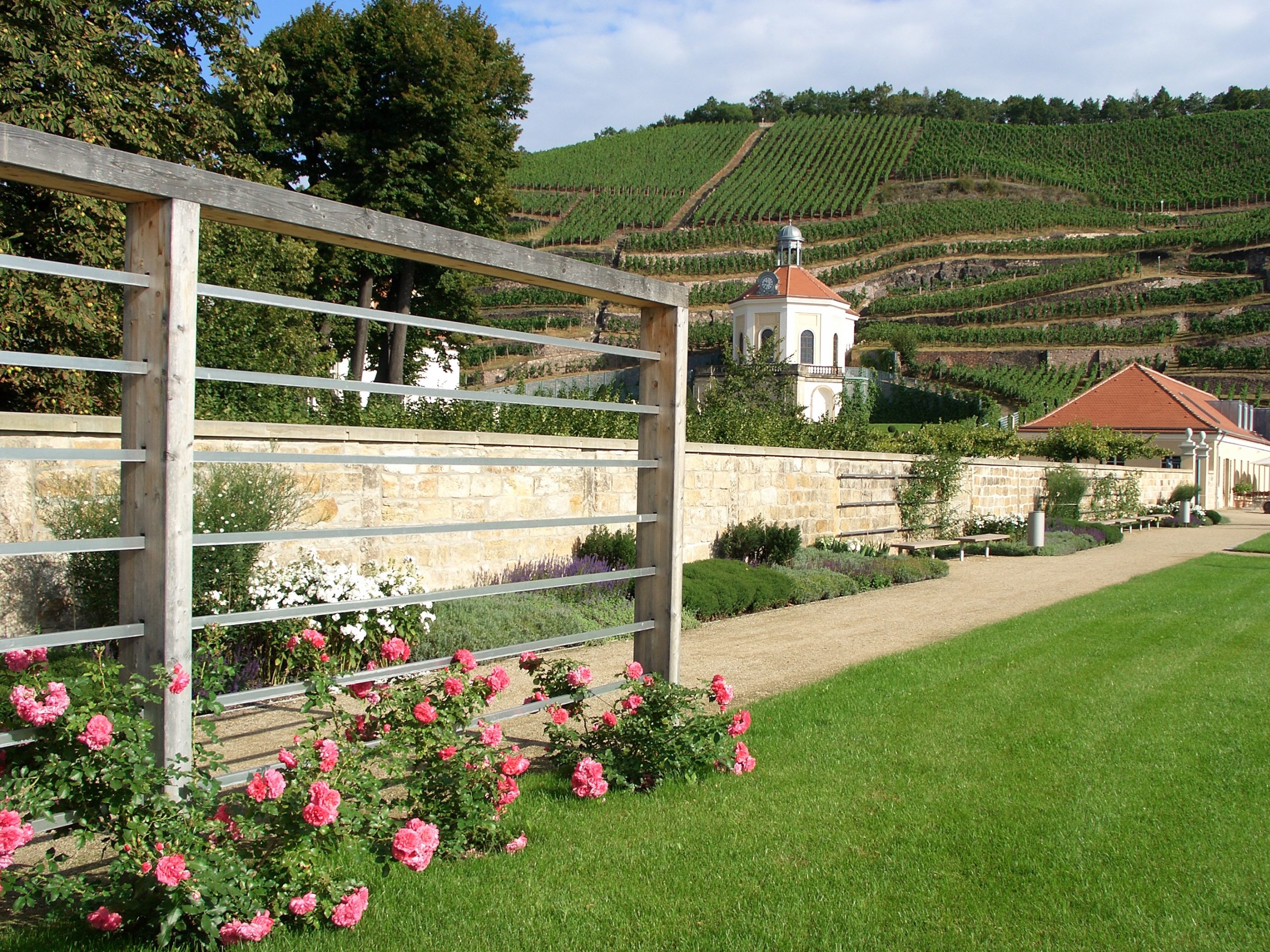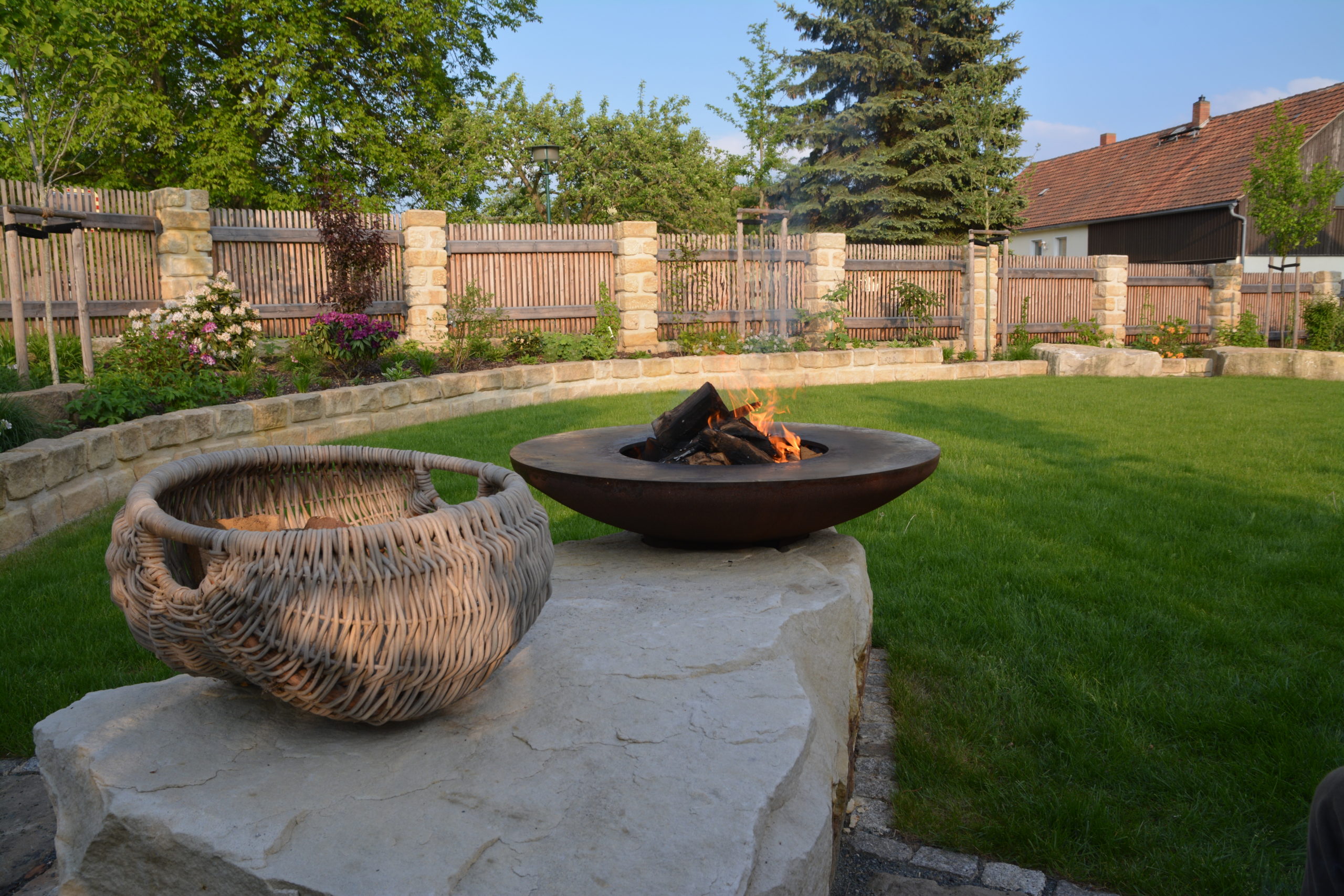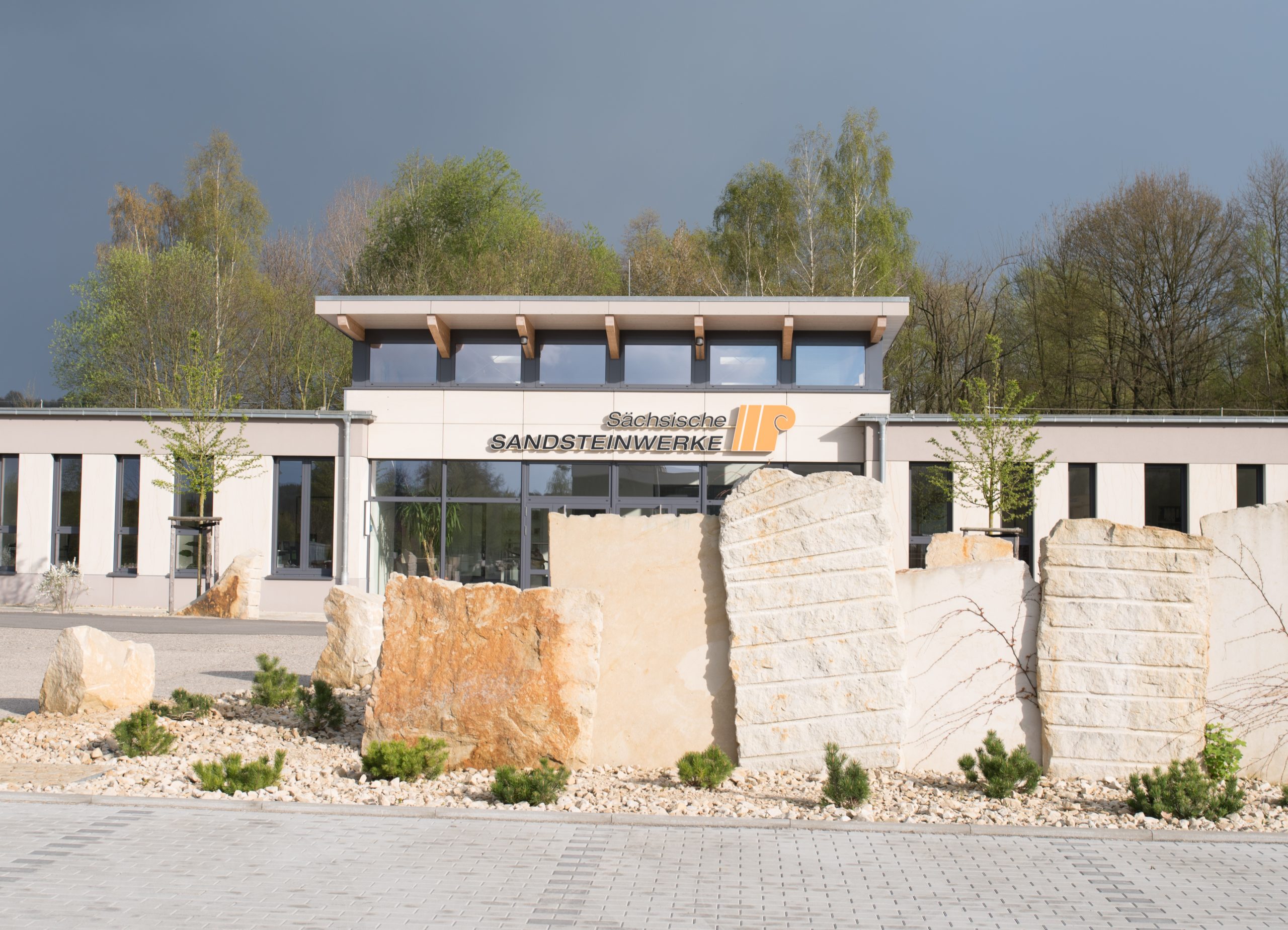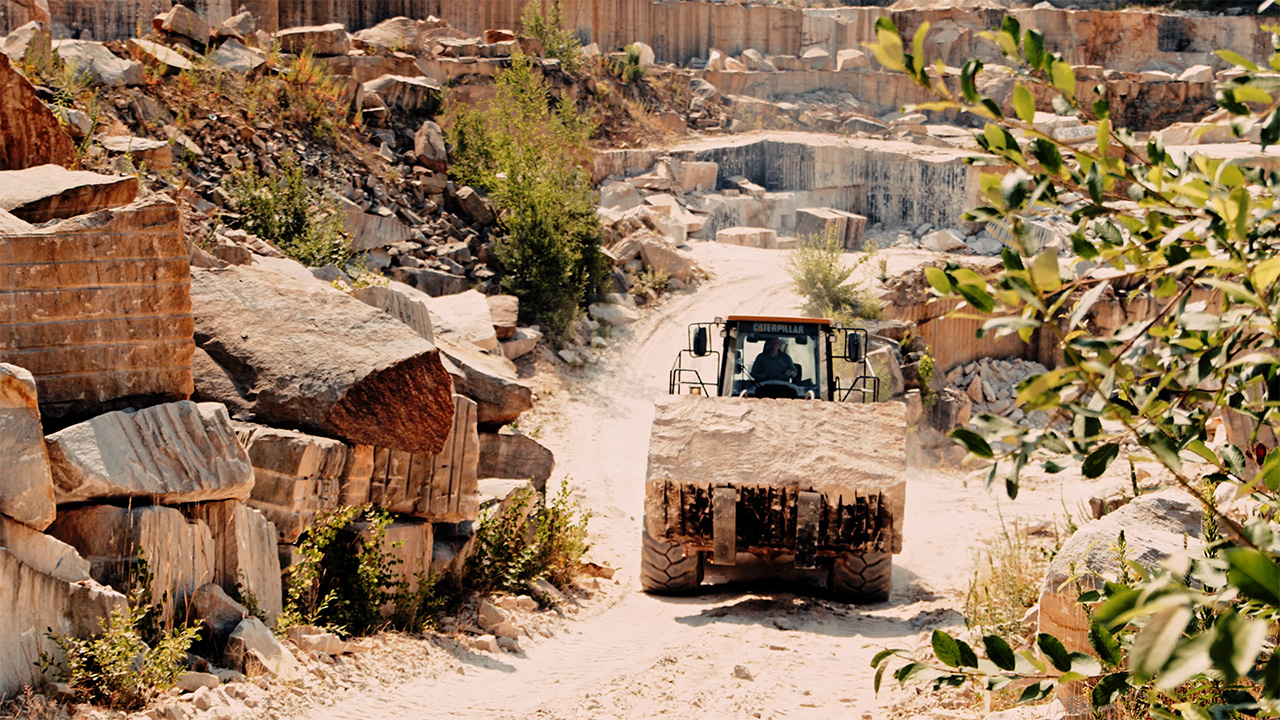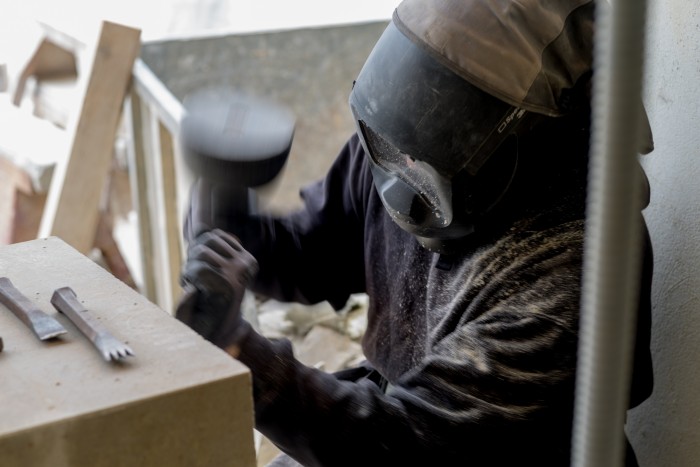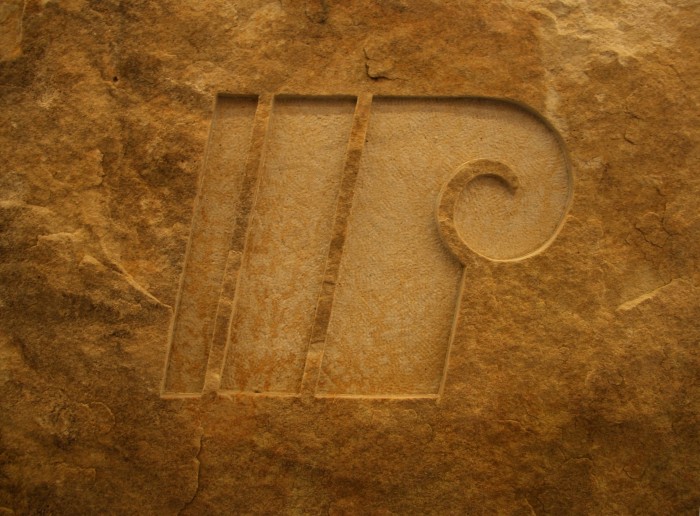Gravel gardens - top or flop?
Some are thrilled with this modern garden design, others think it's just awful. The language is, of course, from the stone or gravel garden. Stone elements have always been used in garden design. But the trend is moving towards the low-maintenance rock garden. How you can still contribute to the flora and fauna and create an aesthetic eye-catcher with our POSTAER SANDSTONE gravel, you will learn below.
What are rock gardens?
A gravel garden is a garden area covered with stones over a large area. Most owners are not interested in cultivating certain plants, but rather in using them as a modern design element. Plants are usually not present in this garden layout at all or only a few. Often they are small trees or shrubs with a strict topiary.
As a rule, the garden owner is concerned with a clean and tidy appearance, whereby the low maintenance effort plays a decisive role. In some cases, the owners are not or no longer physically able to perform the greater maintenance effort that comes with having their own garden plot.
Prejudices against gravel gardens
Of course, the gravel garden is a thorn in the side of the true allotment gardener. No greenery, only stones. In addition, they provide neither food nor habitat for animals and plants. Also, the creation of a rock garden turns out to be very expensive, because the cost of materials is particularly expensive. Unlike a shaded green area, which cools the air in summer, the sun actually heats up a gravel garden, creating a higher ambient temperature. In addition, plants have the ability to filter dust particles from the air. An argument for the green advocate, because the rock garden favors air pollution.
All these facts have ensured that in many states, according to the building code, the gravel garden is prohibited on the home property.
If, despite this, they do not want to do without an appropriate appearance by means of rock garden, you should take into account a few things.
A gravel garden, despite all the contradictions, can serve as a basis for garden design. Here it is important to pay attention to a balanced mixture between plants and stoneware.
What plants are suitable for a gravel garden?
The choice of plants, which prefer a dry and sunny location is large.
Particularly suitable are:
- Small shrubs & semi-shrubs (e.g. rock pear, barberry)
- Perennials (e.g. steppe sage, mountain aster)
- Annuals
- Bulb & Tuber Plants
- Grasses
It's important that they choose a mix of versatile perennials and low-growing groundcovers. These create an attractive carpet of plants and make the greenery look even more expansive, even though it hides a low-maintenance gravel garden underneath. Further, they should note that the perennials have different bloom times so they can enjoy the look of their garden year-round.
Characteristic of a rock garden is also the rather loose or random planting. Gaps are allowed and provide a natural look. Different heights and structures also loosen up the overall picture.
Prepare & create a rock garden
Before you choose a gravel garden, you should see if the site is suitable for it. This should be, a sunny, warm and dry place with southern exposure. Often the front yard of the house is designed as a gravel garden.
Once the site is selected, the soil must be prepared. Any existing turf should be peeled off and removed growths. After that, the planting area should be deeply loosened and briefly fallow. After some time, perhaps grown weed seedlings should be removed. As a soil cover you should put a fleece. This prevents the gravel layer from penetrating too deeply into the soil and ensures that it can be removed more easily later. Refrain from using artificial film, as it is not breathable and tends to inhibit plant growth. Now cut holes in the places where you want to put your plants and plant them. Keep enough distance, as plants need enough space for their roots. Now add a 4-5 cm mulch layer of coarser chippings or gravel on top. Instead of a pure white gravel, choose our gravel made of POSTAER SANDSTONE. This does not reflect the sun too much and prevents the plants from drying out too quickly.
Convert gravel garden
Tastes usually change over time. If at a later date you decide to make your garden a little greener again, you do not have to remove the entire gravel garden. Just remove the underlying fleece (or film) and increase the amount of fines. That is, fill the area with sand so the plants have a good substrate for root spread. Put a layer of compost on top to add enough nutrients to the soil. Now mix the soil a little. Afterwards you can, for example, sow a flower-rich, lean wildflower meadow over a large area or selectively plant wild shrubs.
Generally, when planting a gravel garden, you should water your plants sufficiently for the first 3 months. After that, the root development should be developed enough and you will need to water only in extreme drought.
Whether a Japanese garden, a Mediterranean rock garden or the planting of a garden pond near the shore. With our POSTAER SANDSTONE gravel, there are no limits to your creative design ideas. Our sandstone is machine-crushed and is available with or without fines. You have the choice between different grain sizes, which are already available from 10 euros per ton.
